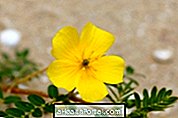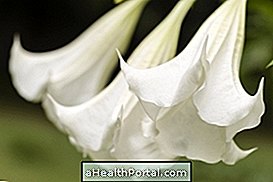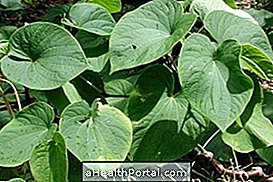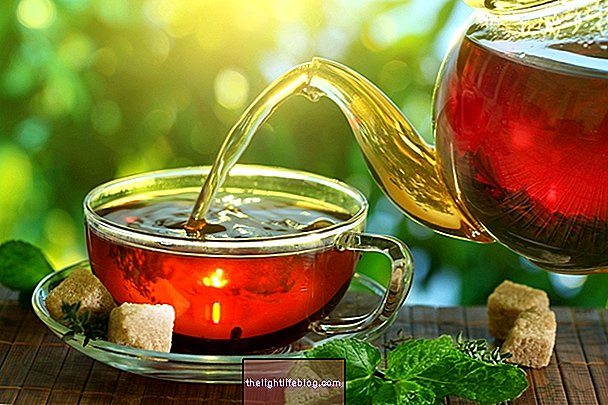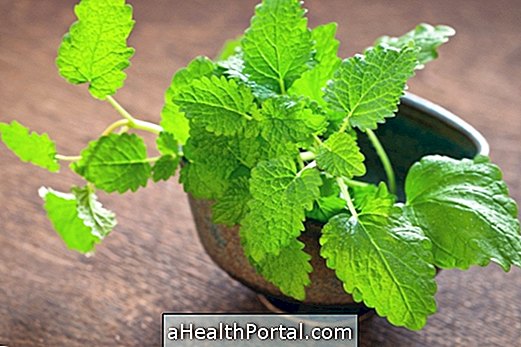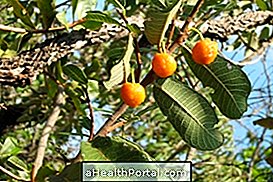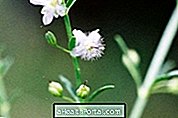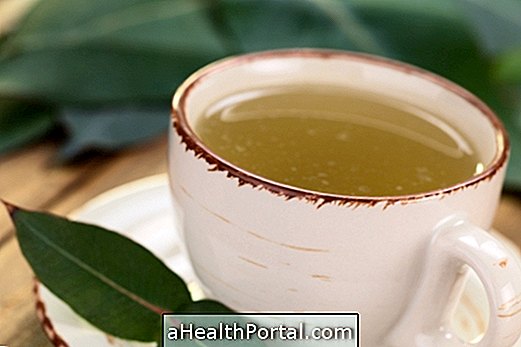Artemisia is a medicinal plant, popularly known as Field Chamomile, Fire-Eater, St. John's Wort, Queen of Herbs, which is widely used by women to treat urogenital system problems such as urinary tract infection and to calm the nerves.
The side effects of artemisia include vasodilation, seizures, allergic reactions and can cause miscarriage, so they should not be used during pregnancy and breastfeeding.
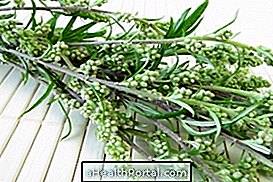

Main types and what they serve
Artemisia has about 380 different species of different plants and each one has its characteristics, benefits and contraindications. The main types and their indications are:
1. Artemisia vulgaris
Simply called Artemisia in Brazil, it helps to treat anemia, cramps, stomach pain, gastritis, nervousness, neuralgia, lack of appetite, bad breath, regulate the irregular menstrual cycle and relieve colic.
2. Artemisia absintum
And popularly called Absinthe or Losna, a famous alcoholic beverage. Serves to fight intestinal cramps, worms and parasites, uterine stimulant, bad digestion, heartburn, lack of appetite, nervous problems, lower fever or fight bile problems. It is also a great insect repellent and can be used as an aromatic herb to replace salt.
3. Artemisia dracunculus
Also known as Tarragon is used for the treatment of menstrual cramps and poor digestion.


4. Artemisia pontica
Also known as Absintum Romano, it acts similar to artemisia absintum and serves to combat all types of pain because it has analgesic properties, but can also be used to aromatize wines, liqueurs and vermouth.
5. Artemisia ludoviciana
Also known as Western Artemisia is an important aromatic and antiseptic herb that can be used inside the shoes to remove bad smell.
6. Artemisia lactiflora
It can be found in China and can be used in the preparation of meals to give more flavor to food.
7. Artemisia annua
It is good for fighting malaria, it has digestive, antiparasitic and antiseptic action and therefore can be used to combat fever, cold, flu, increase immunity and can be a good complement to the treatment of breast, prostate and leukemia .
How to Make Artemisia Tea
The most used teas in Brazil are Artemisia vulgaris, Losna and Tarragon, and the way of preparation is exactly the same:
- You should put 2 tablespoons of the leaves in 1 liter of boiling water. Let stand for 10 minutes, strain and drink 2 to 3 cups per day.
Preferably Artemisia should be consumed after a medical or phytotherapist's indication, since it has several types. The most commonly used parts are its leaves, flowers and rhizome to make teas or use externally.
Where to Find Artemisia
It is possible to buy seedlings of this plant in gardening products stores, fairgrounds and in the botanical garden. The leaves to be consumed in the form of tea or seasoning can be found in supermarkets and stores of natural products but whenever you buy this plant to use in the form of tea, one must verify its scientific name in the packaging of the product.
